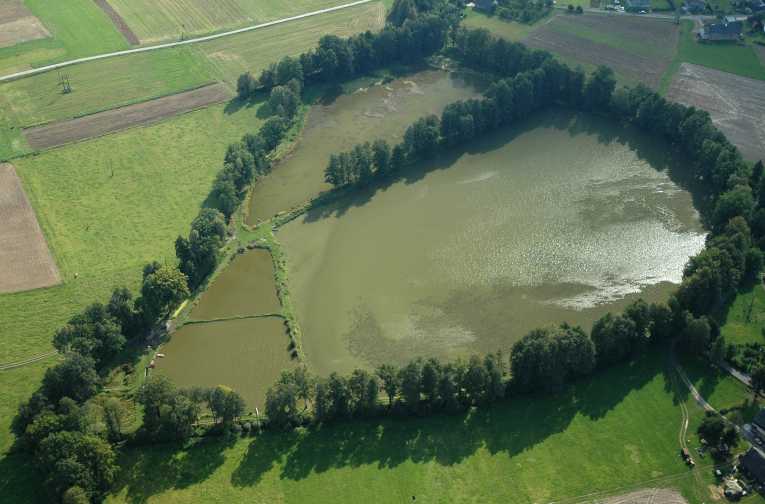Trees are great! That's pretty much a given in the green world, but scientists haven't - until now, been able to asses how well they work as windbreaks in agriculture, improving yields and storing carbon.
American farmers already use windbreaks. They take up a small amount of land, help to protect both crops and livestock from a battering and keep a check on soil erosion too. Not only that, but trees are great ways of capturing carbon, thus reducing the amount of the greenhouse gas that agriculture pumps into the environment.
While many of the benefits are well-known and common sense, there has been no measurement of the carbon capture they achieve.
James Brandle, a University of Nebraska-–Lincoln professor, has examined the problem. He says that trees grown in the narrow windbreak plantations most often used behave differently to natural woodlands and has designed a computer tool to measure their impact.
With fellow scientists from University of Florida, University of Kansas, University of Nebraska and the USDA National Agroforestry Centre (NAC) Brandle publishes the results of his work in the new edition of the Journal of Environmental Quality.
Top Image Credit: © Piotr Sikora










